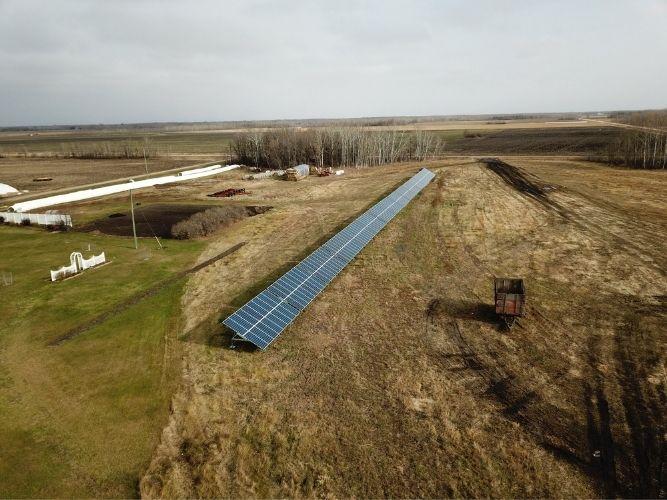
You might have heard that overcharging a battery will reduce its capacity. We know this applies to our phones, our laptops, and our car batteries—but did you know that it’s also important for your solar array?
If you have an off-grid solar system, you rely on a battery storage system to store excess power that can be used at night or on cloudy days. Given the high cost of solar batteries and their importance for your PV system, you want to preserve them for as long as possible.
That’s where your charge controller comes in. There are two types of charge controllers—how do you know which one is best for your system? We’re going to break down the main differences between them:
These controllers work by moderating the rate at which the battery receives power. As the battery reaches its capacity, the PWM controller begins to taper off the current it sends. It switches (or pulses) between states of charging and not charging, which effectively regulates how much power the battery receives.
A PWM controller strikes a balance between supplying the battery with adequate power, but not enough to overload it.
An MPPT controller constantly monitors the output of the panels and the capacity of the battery to reach the maximum power point. These controllers account for the voltage of the panels and the voltage of the battery.
By optimizing the voltage level of the battery and the solar modules, an MPPT charge controller can increase efficiency by up to 30%. This charge controller moderates the current that the battery receives to prevent it from being overloaded and to reduce any energy loss.
Still undecided about which charge controller you need? You can refer to this charge controller flow chart.
Both of these controllers can greatly increase the efficiency and lifespan of your solar system batteries. However, the one best-suited for your setup will vary based on your budget, the size of your solar array, and the climate you live in.
Looking for solar companies in Winnipeg? At Powertec Solar, we’re committed to providing our customers with high-quality, reliable solar systems. Contact us today for a free solar feasibility analysis.